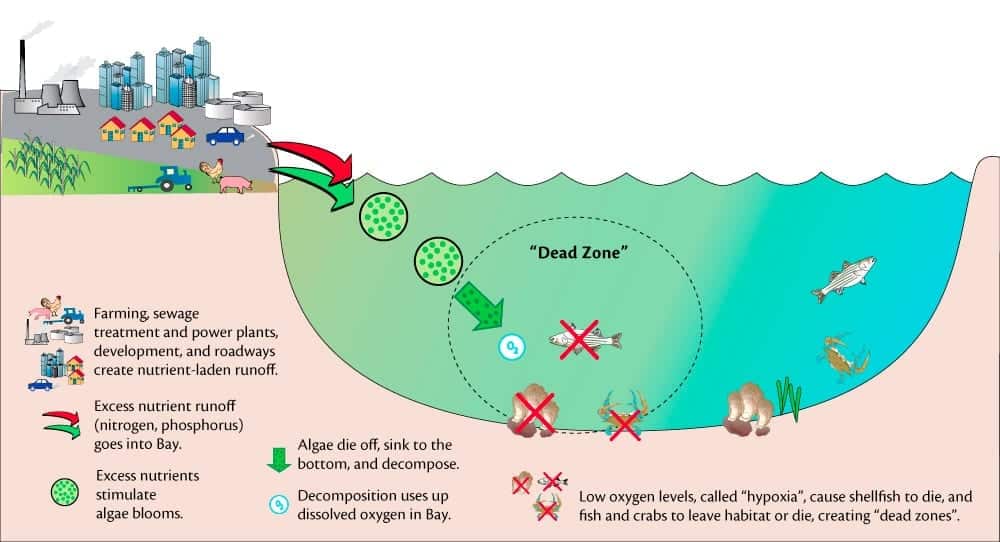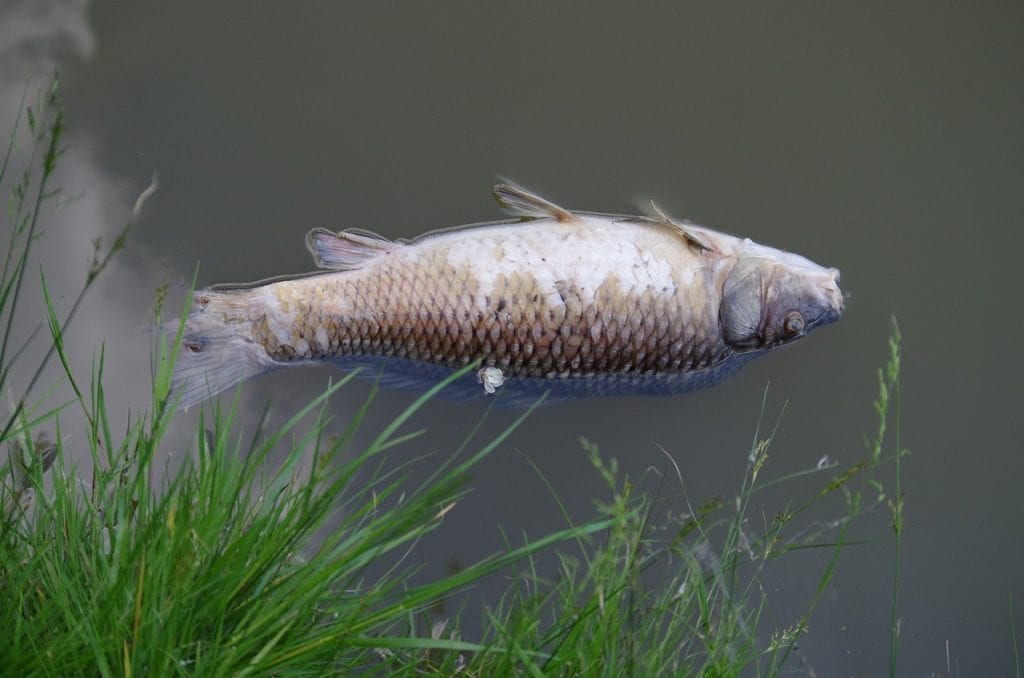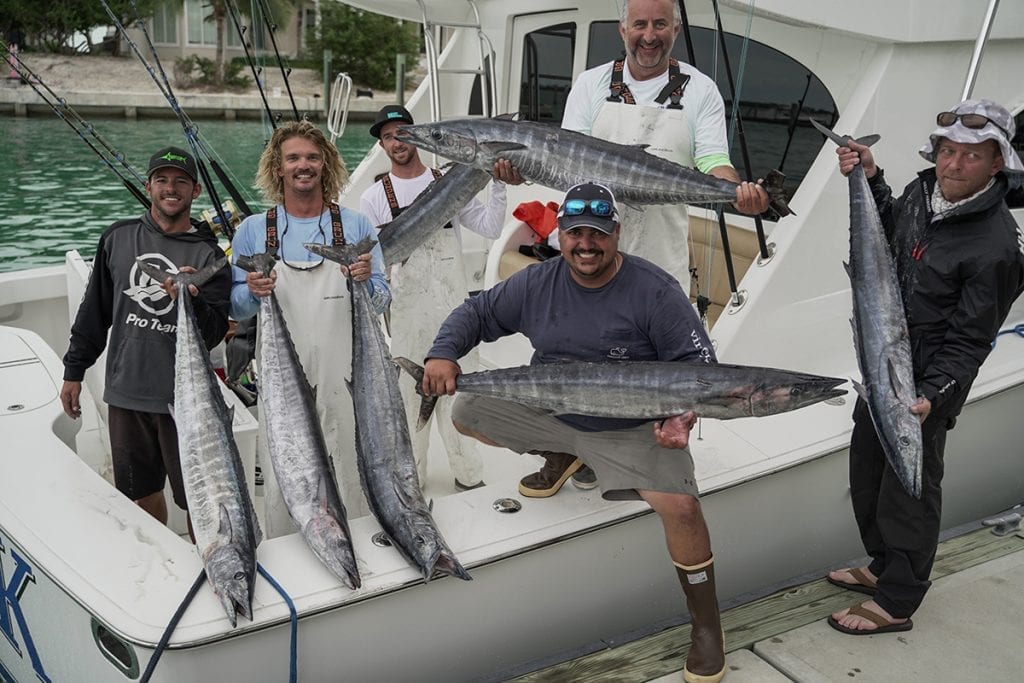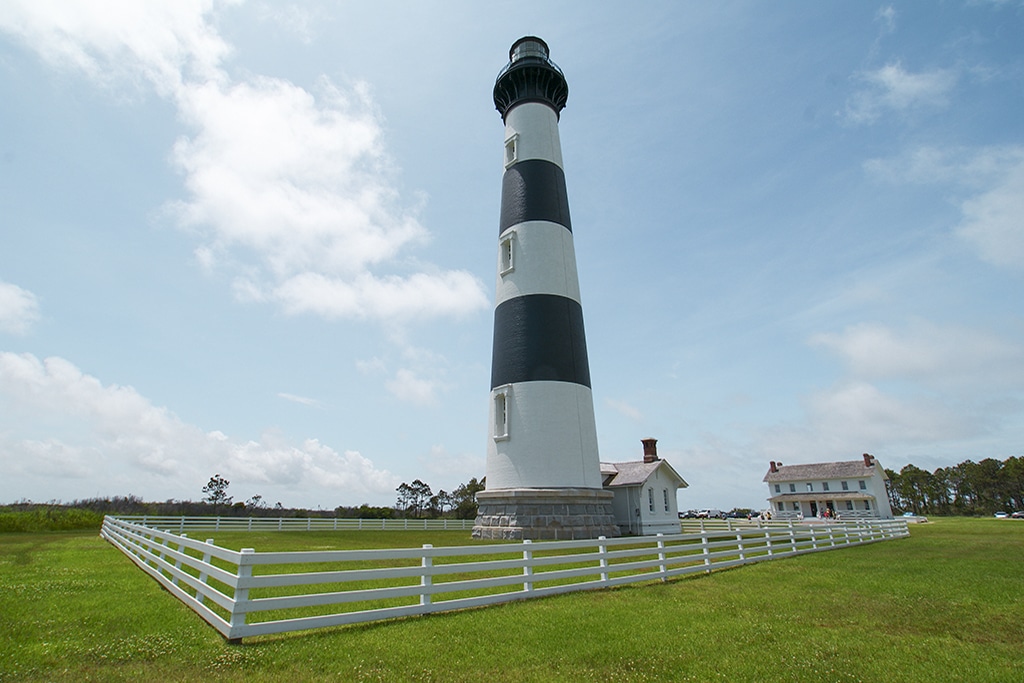How Will Climate Change Impact Fishing?
As our waters warm, seas rise and fish move. Climate change impacts fishing below the surface.
Climate change affects our oceans, particularly sea level rise, which, in turn, affects things below the ocean surface, where the results are harder to see. Aquatic life adapts to these changes. Some species may migrate in search of the environment that best suits them. Other species may become less productive and may even face extinction.
Decreasing populations will impact commercial, sport and recreational fisherman, but most importantly, a vital food supply. Marine and coastal fisheries are a $200 billion industry and support nearly two million jobs; any major changes are concerning.
Climate change impacts the oceans a number of ways. Of paramount importance for sea life is increasing water temperatures.
Troubling Times
In fact, the ocean is warmer today than at any time since record-keeping began in 1880. Water has a high heat capacity. It is believed that the oceans store 90 percent of the excess heat generated by the greenhouse effect. On an even more troubling note,
the rate at which the oceans are warming is also accelerating. This has a harmful effect on aquatic organisms who are sensitive to relatively small variations because water temperatures rarely change.

In addition to increasing water temperatures, there is more carbon dioxide in the atmosphere that dissolves into the water; seawater is becoming more acidic. This means less calcium carbonate for coral reefs to build, a major factor in the destruction of these reefs. Melting ice caps and glaciers, as well as the physical expansion of water at higher temperatures, have caused sea levels to rise, which certainly affects the spawning areas of many fish species.
Variations in seasonal rainfall and individual storm events cause local changes in water
conditions both in terms of temperature and salinity. The amount of dissolved oxygen water can hold, a critical factor for all underwater life, is a function of temperature. Warm water can’t hold as much oxygen, another negative factor for undersea life. The oxygen-devoid “dead zones” we see in the Gulf and elsewhere will likely intensify and expand, just another way that climate change impacts fishing.
High Temps = High Stakes
Nearer the shore, the stakes are even higher. Many fish, such as red drum and sea trout, use bays and estuaries as breeding grounds. Shrimp, oysters and blue crabs are dependent upon them. Unfortunately, the risk of environmental changes is even greater here. With shallow water, temperature changes are more pronounced and happen more rapidly. Salinity is also significantly affected. Heavy rains will bring an influx of fresh water and lessen salinity.
Drought conditions will diminish freshwater inflow and increase salinity. Pollution, especially nutrient pollution, is a major concern in some areas. In conjunction with warmer water temperatures, this will lead to more harmful algal blooms such as red tide. Stronger storms can produce more damage, and the rise in sea level can dramatically alter habitats.
Even the increase in air temperature can change habitats. For example, along the Texas coast and the Florida east coast, black mangroves are moving northward and replacing
cordgrass marshes. One comprehensive study looked at the predicted geographic distribution of nearly 700 marine species in the Atlantic and the Pacific out to the year 2100 for a number of different climate scenarios. Most, but not all, species shifted poleward, generally following the adjacent coastline.
Many species were forecast to migrate more than 500 miles from current locations because of the higher temperature predictions. A study on the effects of climate change on the Gulf of Mexico fish populations yielded mixed results with some species benefiting and some suffering. Red and gray snapper and red porgy benefited from habitat expansion, whereas, Spanish mackerel were likely to move to deeper, cooler waters. Another study forecast pink shrimp Gulf habitat to decline by 70 percent by 2100. It also predicted that species from the Caribbean may move north into the Gulf.
The Times, They Are A-Changin’
Changes are already taking place. The oyster catch along the Gulf coast of Texas is down significantly. Butterfish are replacing herring in the Gulf. Atlantic cod have decreased by more than a third. Black bass, which concentrated off the North Carolina coast, are now most abundant off New Jersey. The lobster population in the Gulf of Maine has increased dramatically with warmer water temperatures, and blue crabs have also moved in.
Fisheries are among the first industries affected by climate change. Coastal communities feel the brunt of the economic impacts. Fishermen may have to travel much farther to
find the preferred species or just give up on it. Regulations on fishing that worked in the past will become obsolete if not counterproductive. Jurisdictional disputes, even up to
the international level, may result. The increase in ocean temperatures will likely continue, and the effects on sea life may even become more pronounced.
Climate Change Impacts Fishing
The NOAA Fisheries Climate Science Strategy was developed to provide pertinent climate information and predictions to those involved with fisheries so they can prepare to deal with and manage climate changes. In conjunction with Rutgers University, NOAA Fisheries developed the OceanAdapt web-tool to provide easy access to information about the distribution of marine species involved in commercial and recreational fishing over time. Wise management of our ocean resources is our only option. We must keep a constant watch on what is going on under the water’s surface and change policies accordingly.
By Ed Brotak, Southern Boating
June 2019













